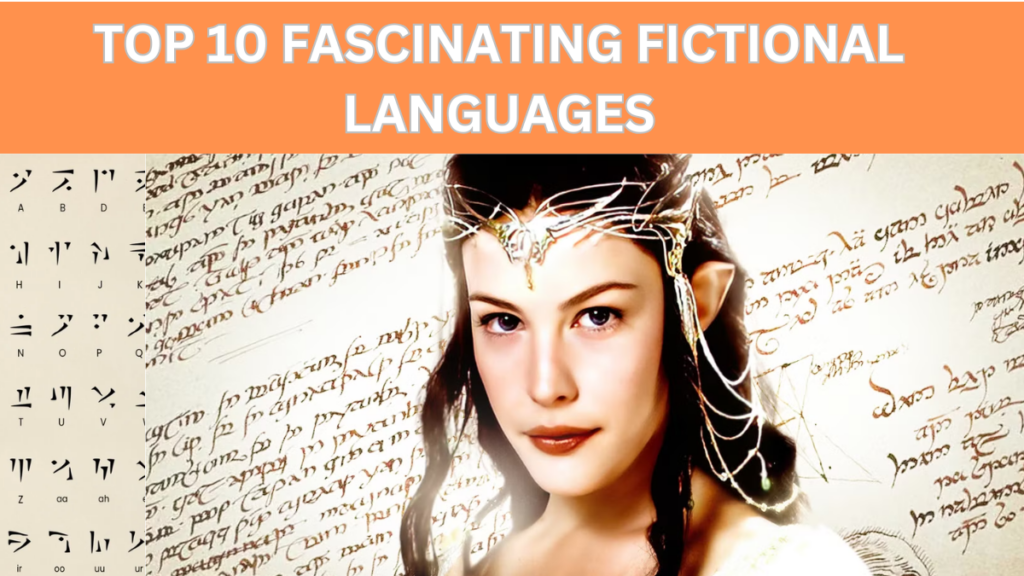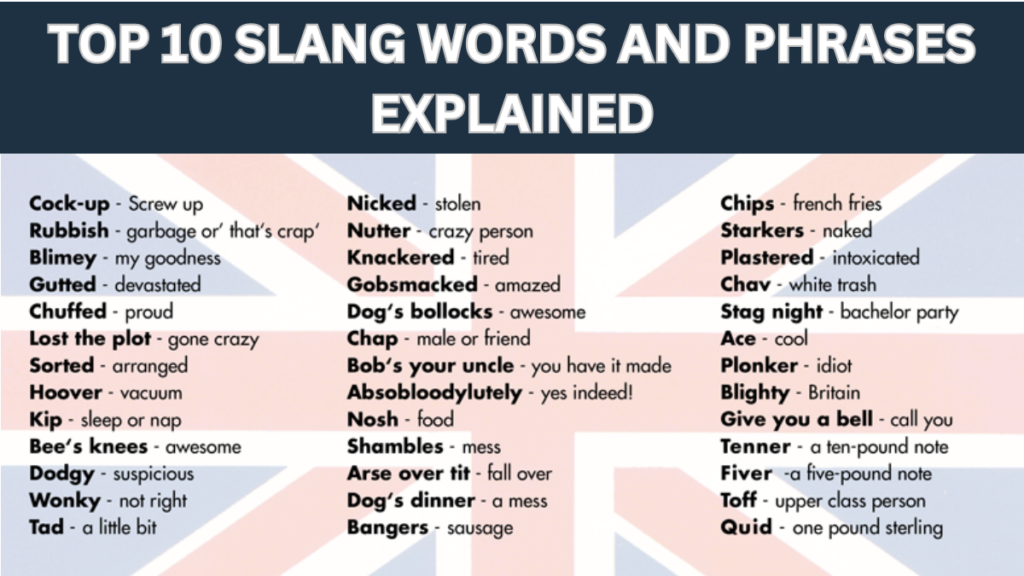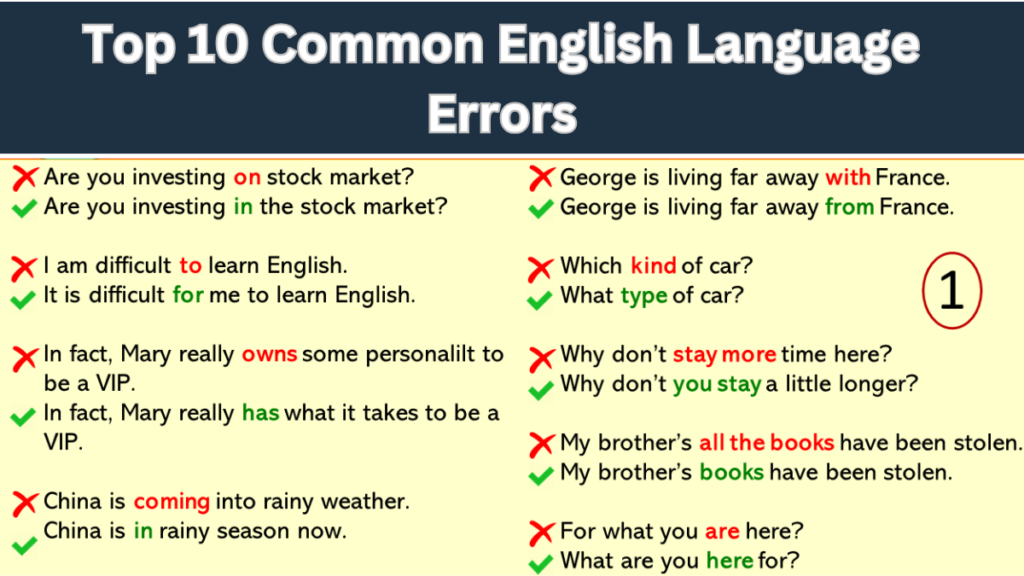Top 10 Most Controversial Children’s and Classic Novels
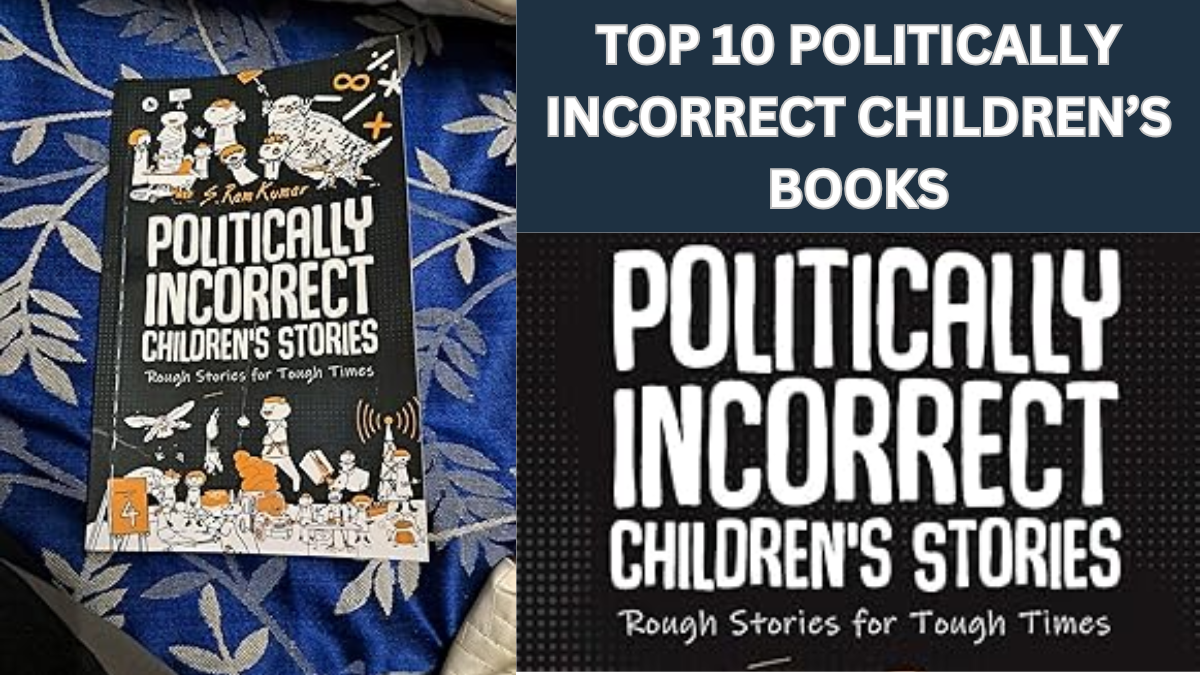
“Explore our list of the top 10 politically incorrect children’s books that challenge conventions and spark thought-provoking discussions on parenting, diversity, and societal norms.”
Little House on the Prairie by Laura Ingalls Wilder (1935):
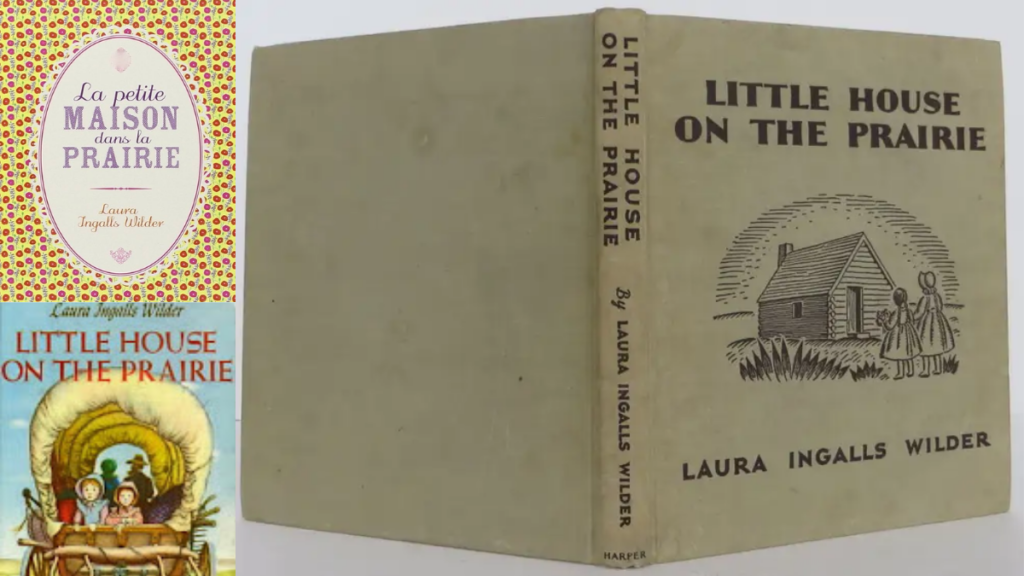
Criticized for its portrayal of Native Americans, this book provides a historical yet controversial perspective on 19th-century Midwest life.
Huckleberry Finn by Mark Twain (1884):
Frequently challenged for its language and depiction of slavery, this satirical classic remains one of America’s most debated books.
Kim by Rudyard Kipling (1900):
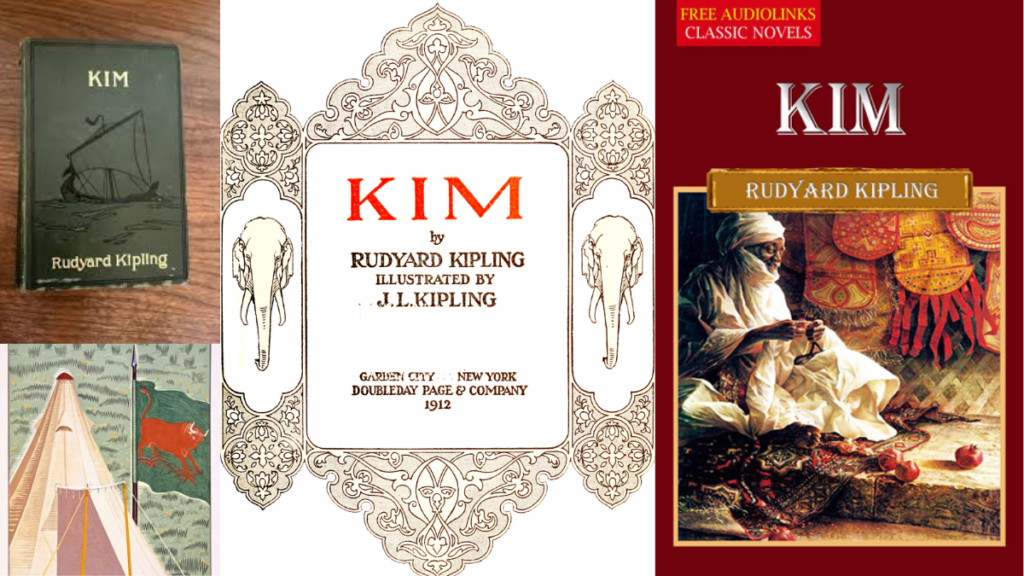
Kipling’s story of colonial India has drawn criticism for its imperialist undertones, despite its literary acclaim.
Babar the Elephant by Jean de Brunhoff (1931):
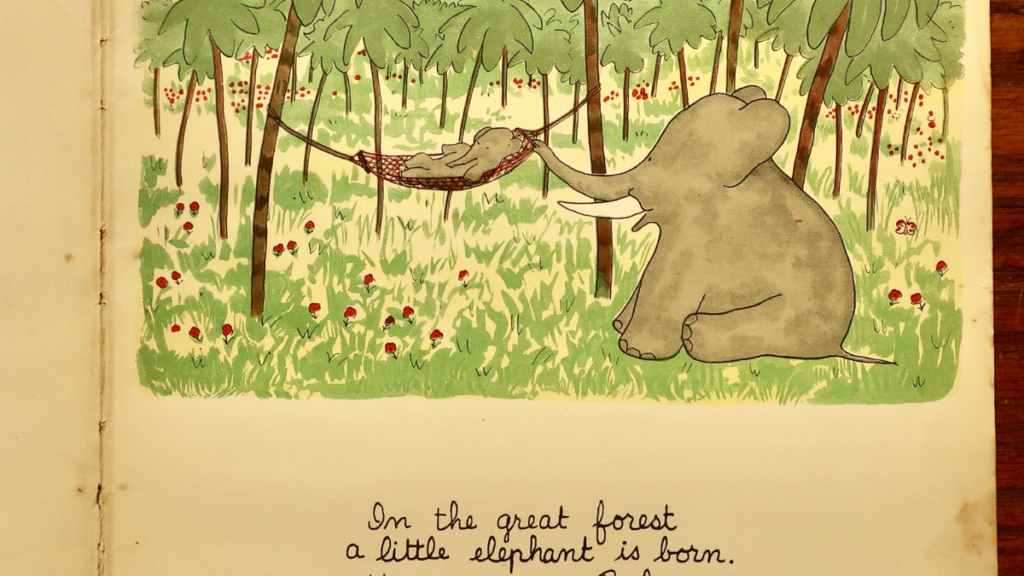
A beloved children’s story accused of promoting colonialist ideals through its depictions of African natives.
Noddy and Bigears by Enid Blyton (1949):
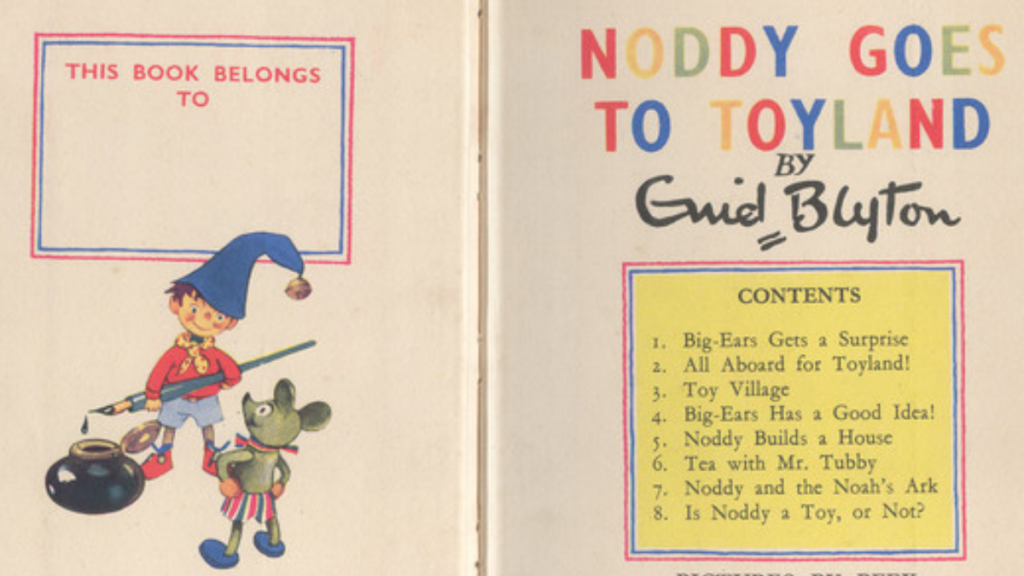
Enid Blyton’s characters have been edited for modern sensibilities, removing perceived racial and controversial undertones.
Dr. Dolittle by Hugh Lofting (1920):
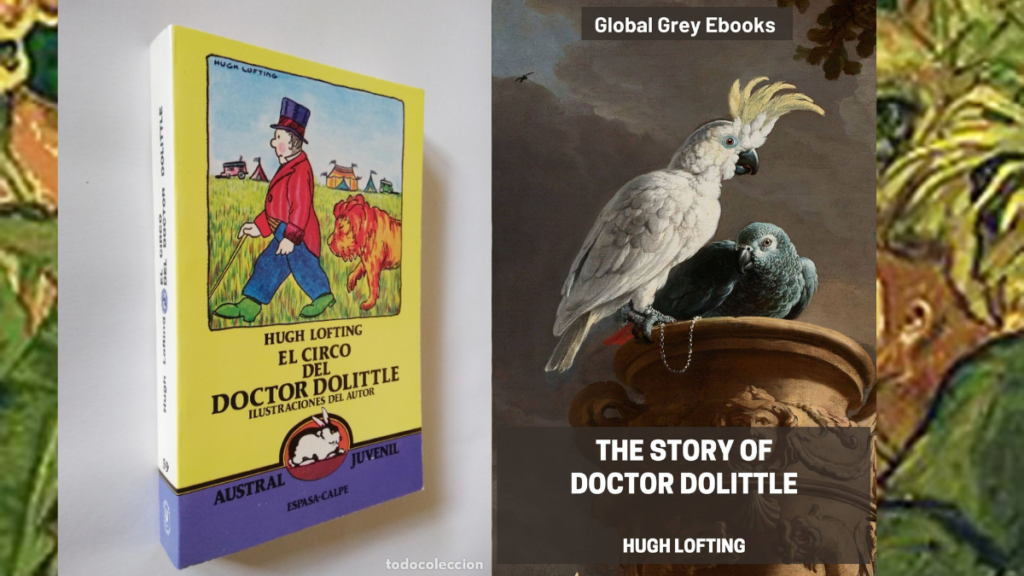
Altered over time to address racial stereotypes, this classic highlights evolving attitudes toward representation in literature.
Little Black Sambo by Helen Bannerman (1899):
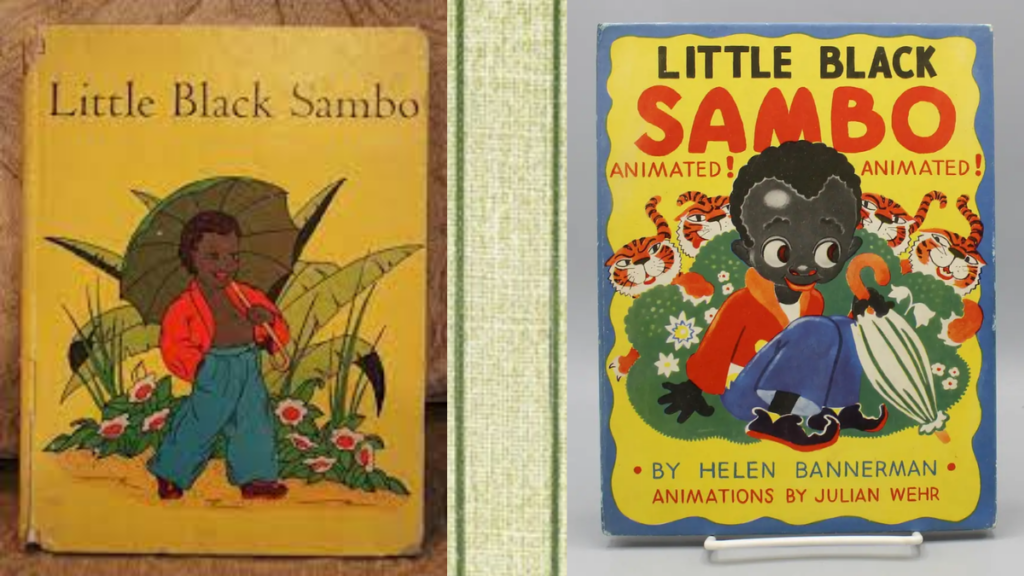
Originally illustrated with racial caricatures, modern editions have reimagined the imagery while keeping the core story.
The Three Golliwogs by Enid Blyton (1946):
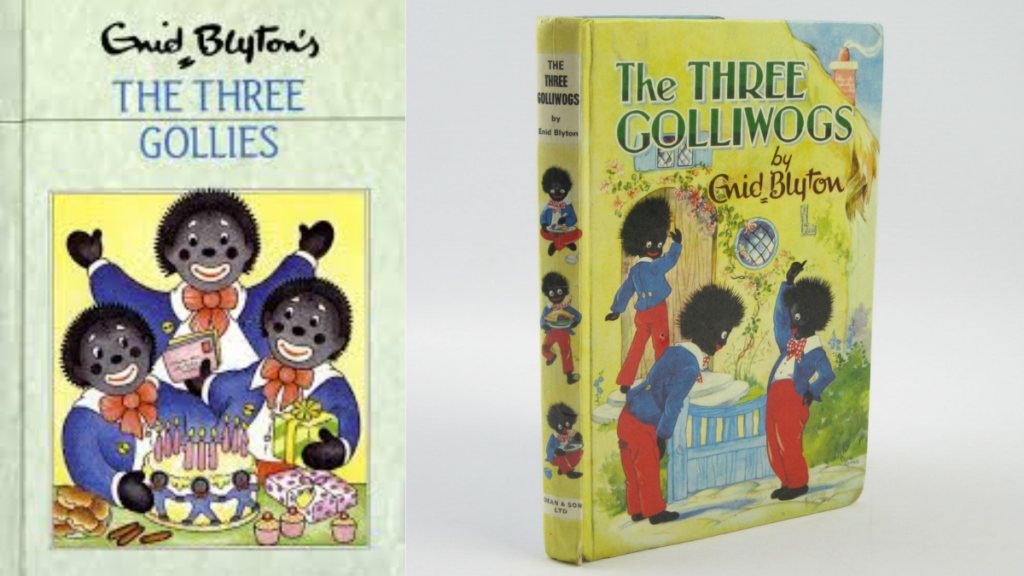
Depictions of the golliwog characters have led to the book being labeled as inherently racist by contemporary standards.
Tintin in the Congo by Hergé (1930):
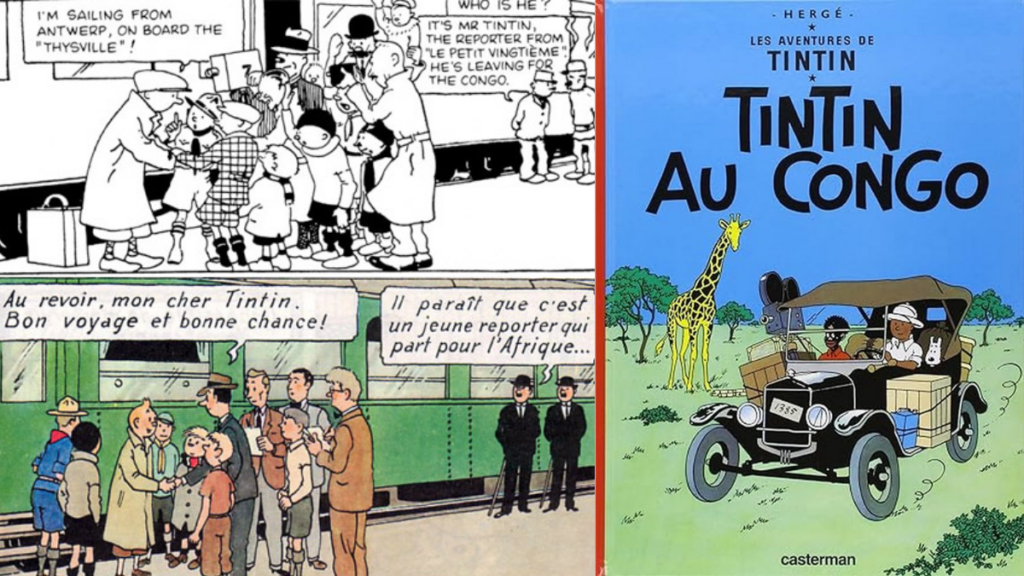
A comic book frequently criticized for colonialist views and racial stereotypes, later revised to mitigate its controversial content.
Ten Little Niggers by Septimus Winner (1860):
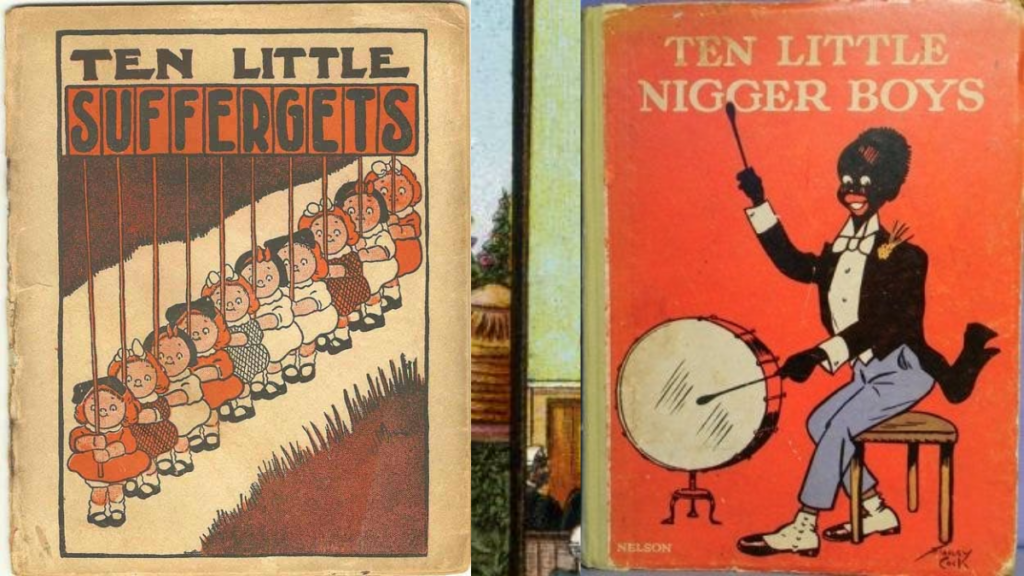
Renamed And Then There Were None, Agatha Christie’s mystery classic is marred by its origins in a racially offensive rhyme.
